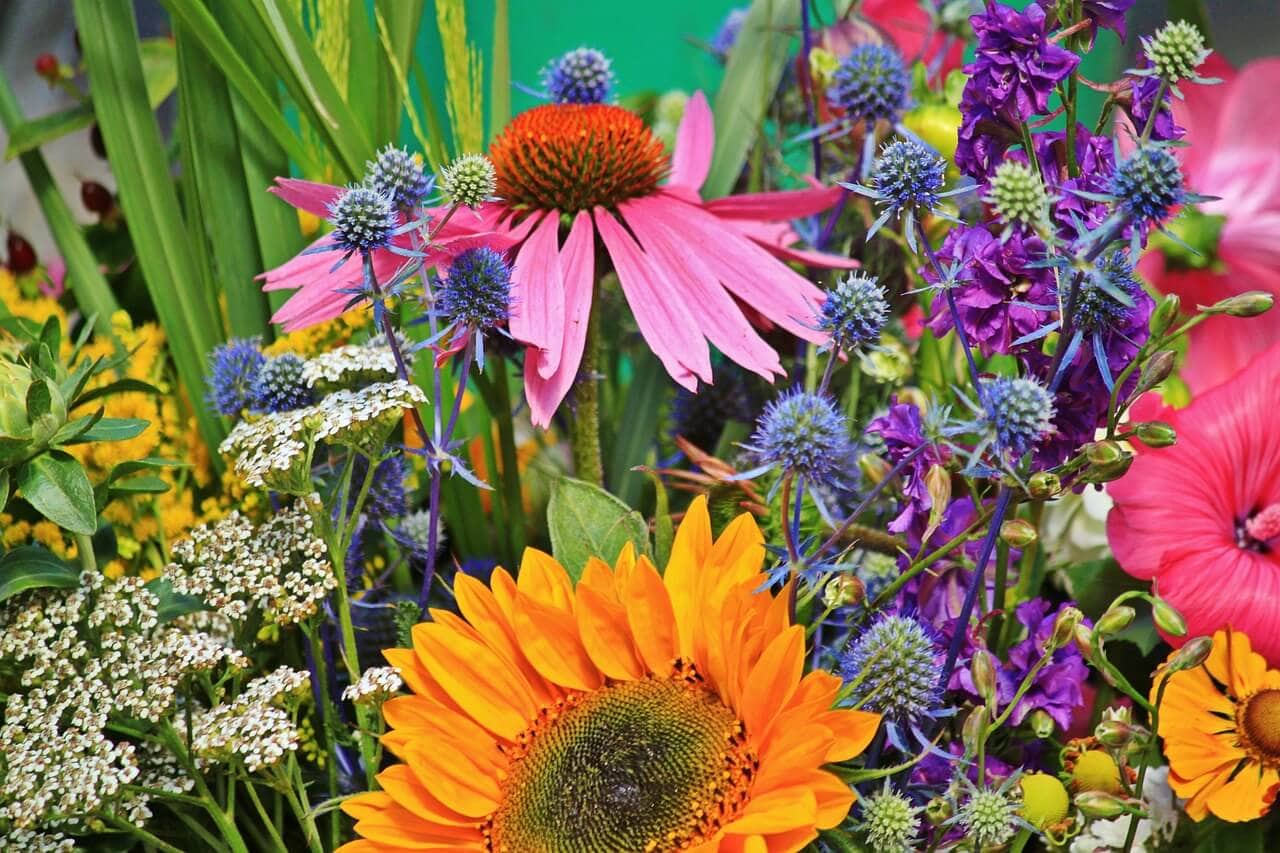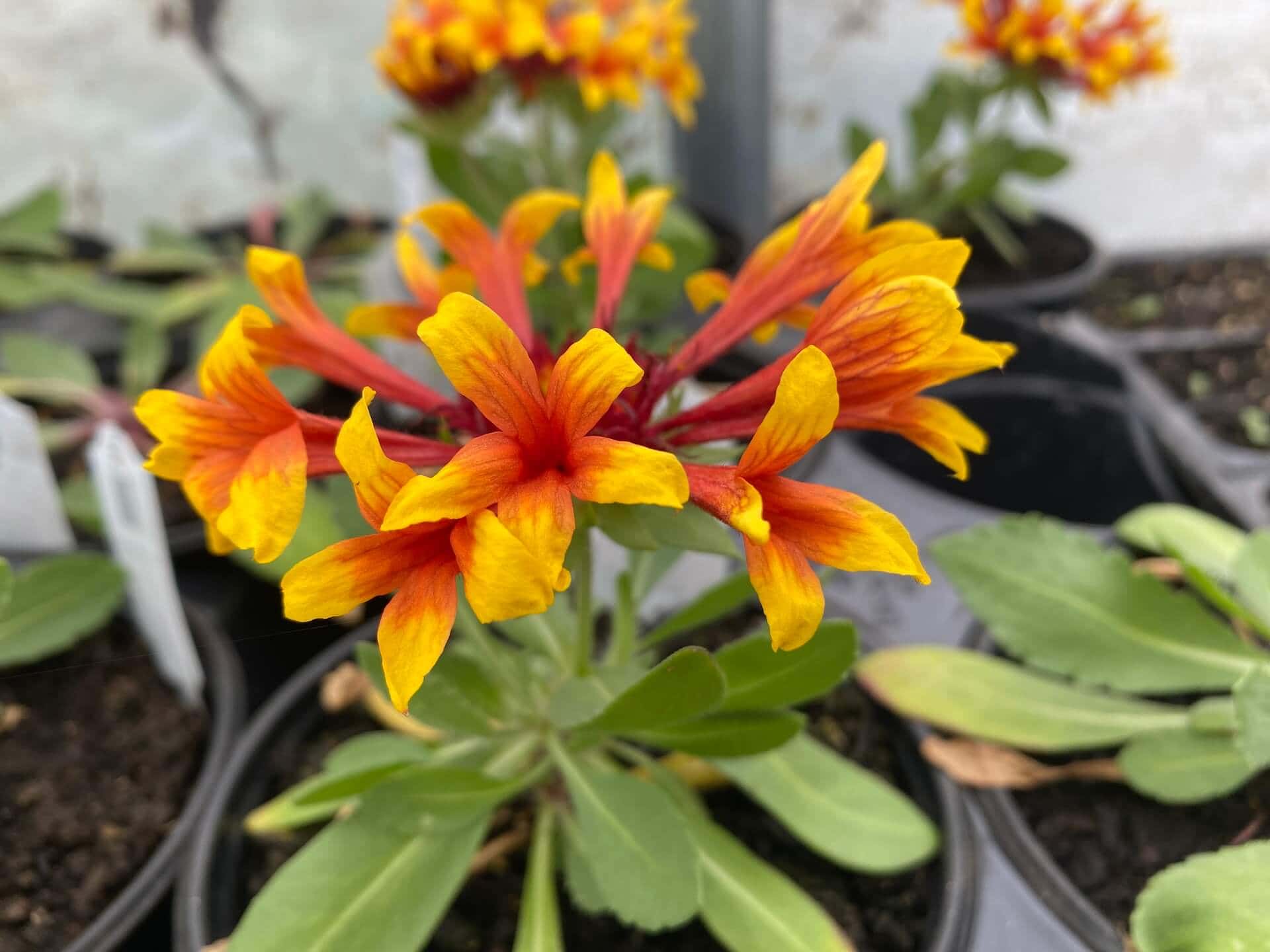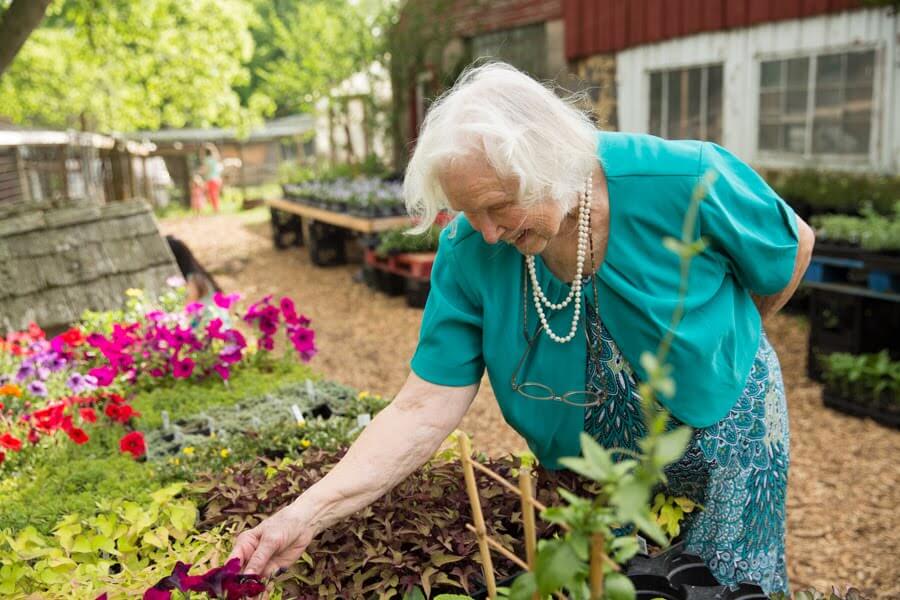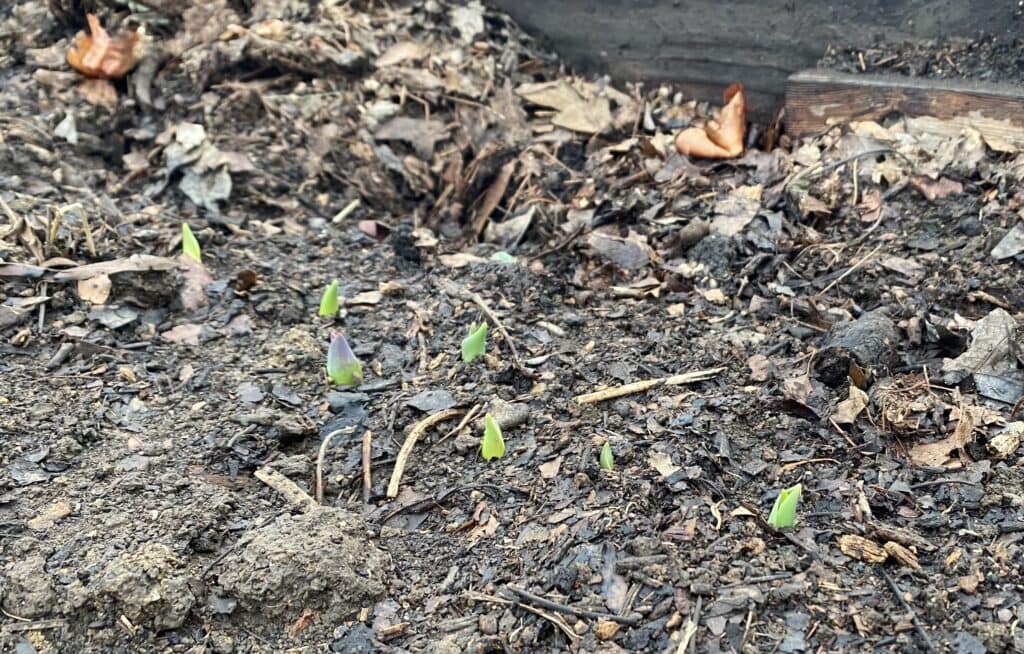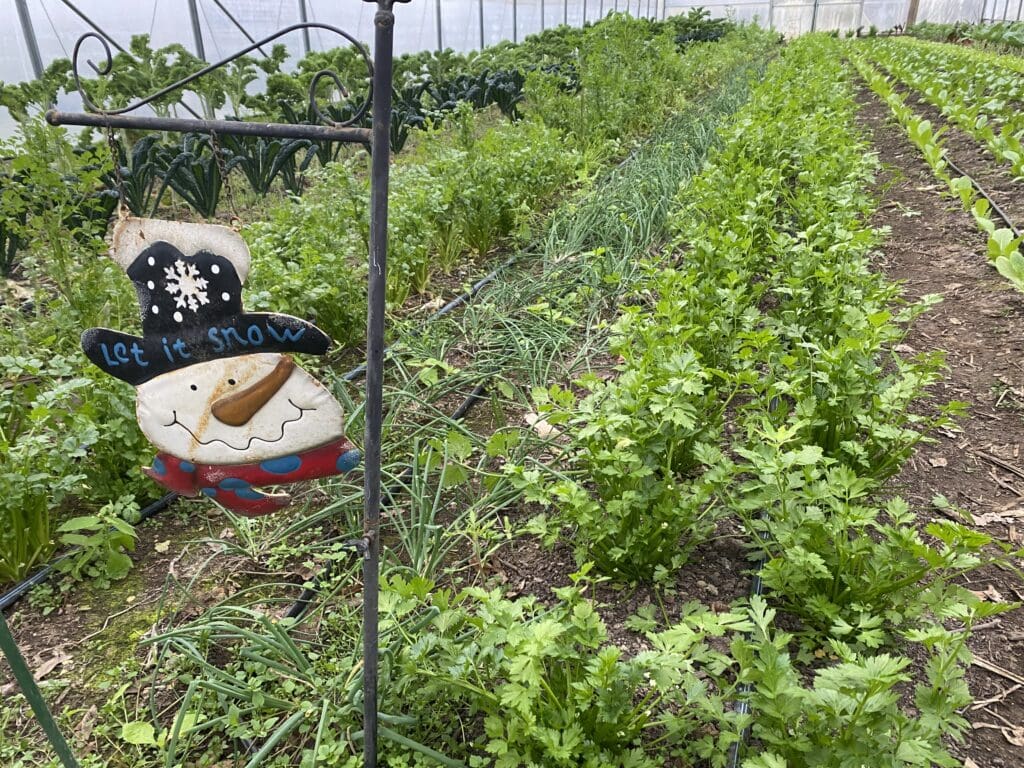This post may contain affiliate links. Probably doesn’t, but it might. It doesn’t cost you anything extra but if you use these links to buy something, we may earn a commission.
Here are some favorite sun-loving perennials, with the Latin names and the common names:
Table of Contents
Aster laevis, ‘Bluebird’ Aster”
There are lots of aster varieties! The tall native aster is Aster laevis, compared to Aster cordifolius (common wood aster), which is a low growing plant suitable for full shady areas, or Aster novae-anglia (New England Aster), plus many other varieties. Each has its own charm and characteristics: height, bloom time, color (variations from dark purple/blue to magenta pink), and sun/shade preferences. Very reliable and dependable. ‘Bluebird’ thrives in full sun as well as half-sun. Asters are excellent as cut flowers. You may notice Asters are on the Sun and Shade lists. These plants are very adaptable and can do well almost anywhere!
Baptisia australis, Baptisia or false blue indigo
This is a very hardy perennial, good for zones 3-9, with beautiful spikes of either white or deep indigo. The flowers are reminiscent of pea blossoms. Each plant produces multiple flower stems. It performs best in full sun, with strong stalks. In half-sun, the stalks are less stable and will probably need staking.

Echinacea purpurea ‘Ruby Star,’ Coneflower
There are many different coneflower varieties! ‘Cheyenne Spirit’ produces prolifically with a slightly longer bloom period than other varieties. ‘Ruby Star’ is a butterfly magnet, along with all the other colors. This native perennial is drought tolerant and does not need dead heading. Once the flowers are done, the central mound produces seeds, providing food for goldfinches and other birds. The white varieties are not quite as cold hardy as the other varieties.
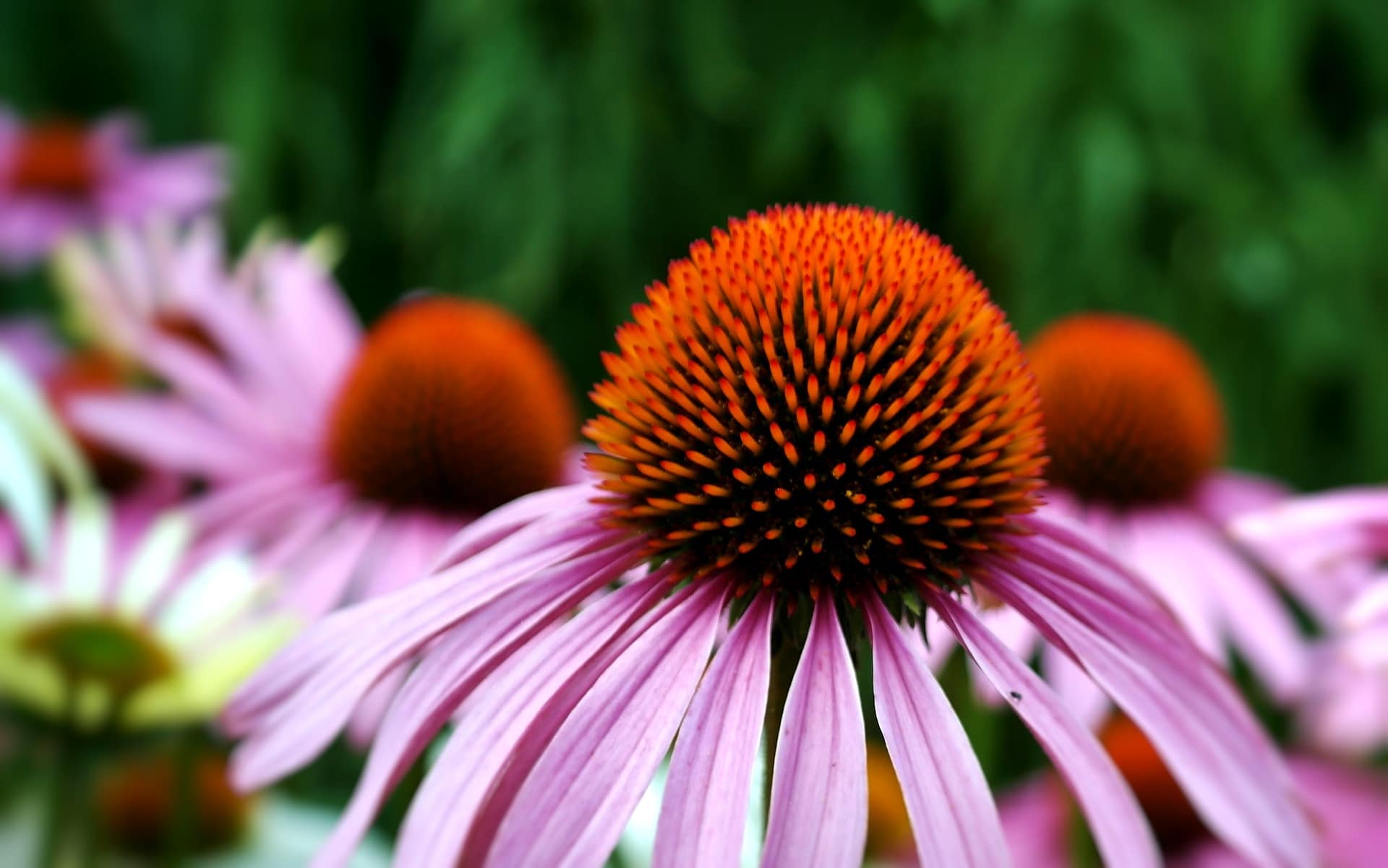
Gaura lindheimeri ‘Siskiyou Pink,’ Beeblossom
Gaura provide a spectrum of color with deep wine red buds that open to pink blossoms and white stamens. The stems look like a raceme of orchid-like flowers that open a few at a time. The stems are sturdy in full sun, but can be floppy in partial sun and will need staking. Close planting or interplanting with another sturdy perennial can take care of any staking needs. Deadhead during the flowering season to promote growth of more flowers. The flowers also do well in cut flower bouquets. You can divide the plants every 3 years. If you do not deadhead, Gaura can self-seed and propagate that way. It is a popular flower for pollinators.

Lavandula Lavender
There are many varieties of lavender. It can get complicated, as some varieties are specifically for fragrance, some for cutting, some for herbal preparation; there is French, English, Spanish, Portuguese, and Lavandin. Lavandin (Lavandula intermedia), which is a cross between the English and the Portuguese, is specifically for essential oil production. The leaves are very fragrant; zones 5-10 for these disease resistant and hardy crosses. French lavender (zones 7-10) blooms nearly continuously all summer. English lavender produces the classic tight purple spikes and is hardy for zones 5-8. Spanish lavender is suited for hot, steamy climates, zones 8-10.
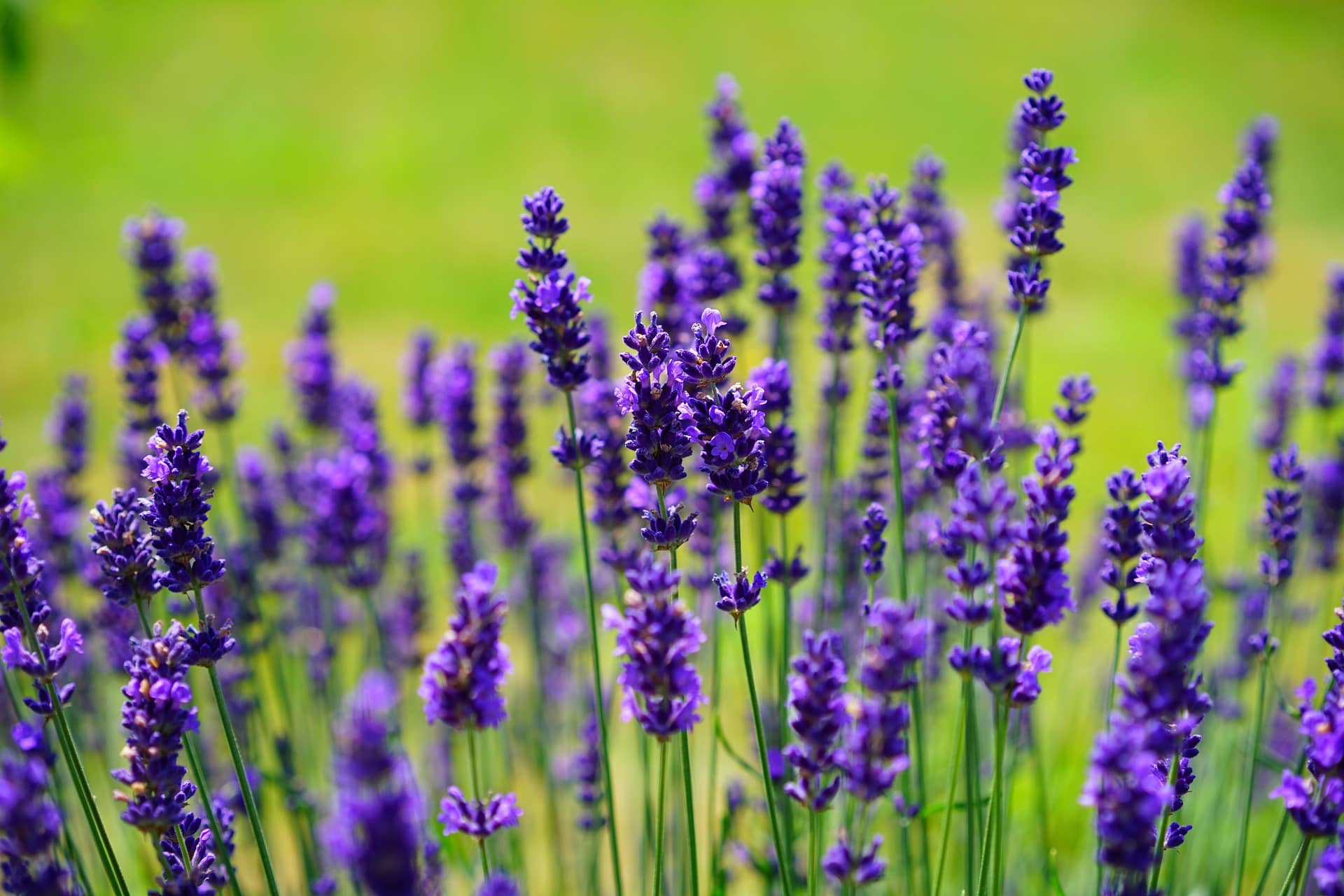
Leucanthemum x superbum ‘Becky,’ Shasta daisies
This is a long-lived perennial which produces masses of single white flowers. The bright gold center makes for an attractive flower in bouquets. The bloom time can last from early June through late July. Cut frequently to prolong the bloom period. Hardy in zones 5-9, Shastas grow best in full sun and well-drained soil. You may be able to get a second round of flowers by cutting the plant back when the blooms are done. Very popular with pollinators.
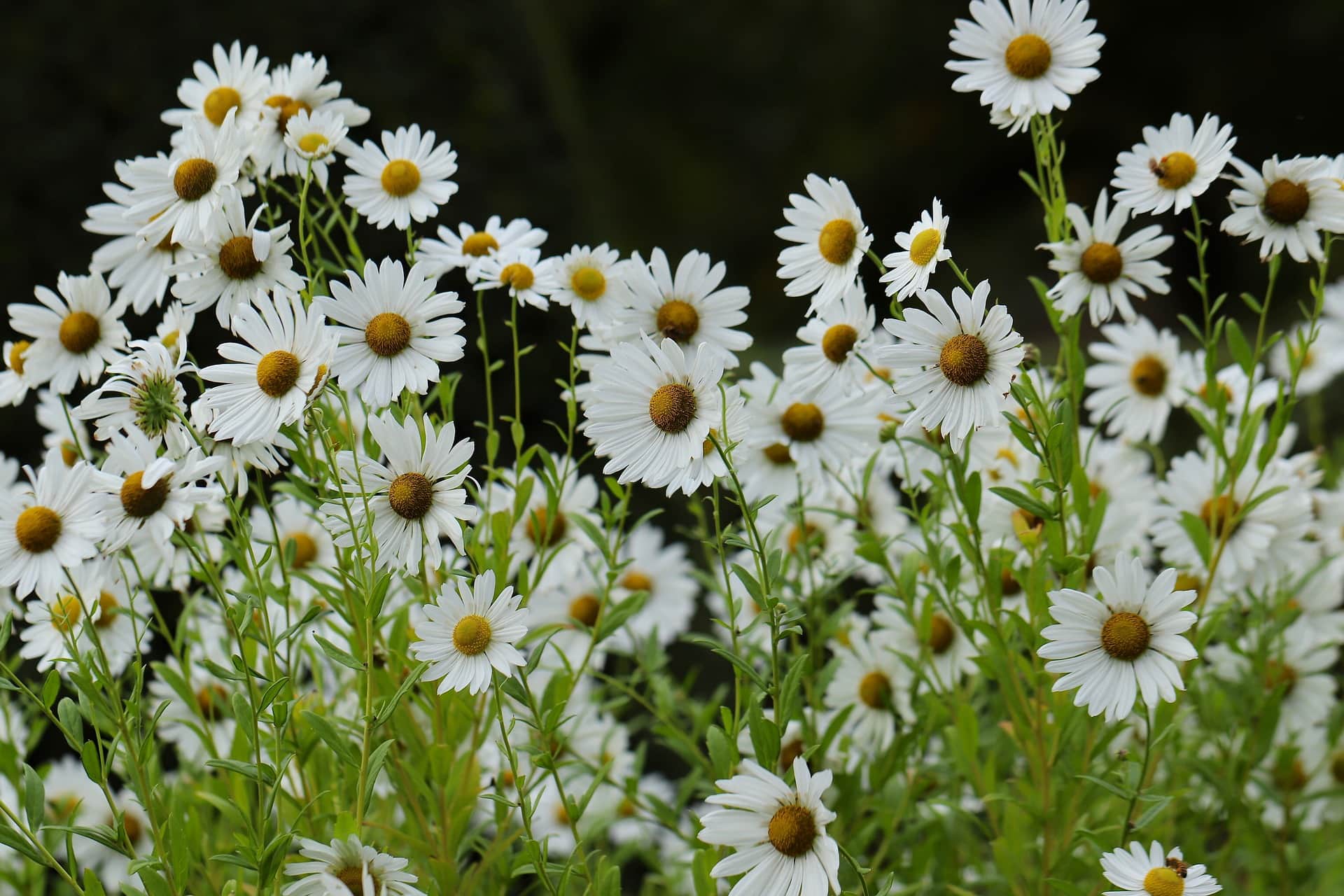
Monarda fistulosa ‘Gardenview Scarlet,’ Bee Balm
There are about 15 different types of Monarda and all are loved by bees, hummingbirds, and other pollinators. These varieties are hardy in zones 4-9. Monarda didyma are also hybrids and are easily grown in full sun to partial shade. Monarda fistulosa are more tolerant of drier soils. ‘Jacob Cline’ is the didyma variety most often compared with ‘Gardenview Scarlet.’ The bright red flowers pop in the garden landscape. Monarda can be susceptible to powdery mildew.

Rudbeckia fulgida, Black-eyed Susan
There are many Rudbeckia varieties with variations in petal formation and centers. They all love the sun and thrive in sun-up-to-sundown conditions with cheerful yellow daisy-like flowers. Although the original plant lives about 3-4 years, the plants self-seed easily so that the patch maintains itself very well.
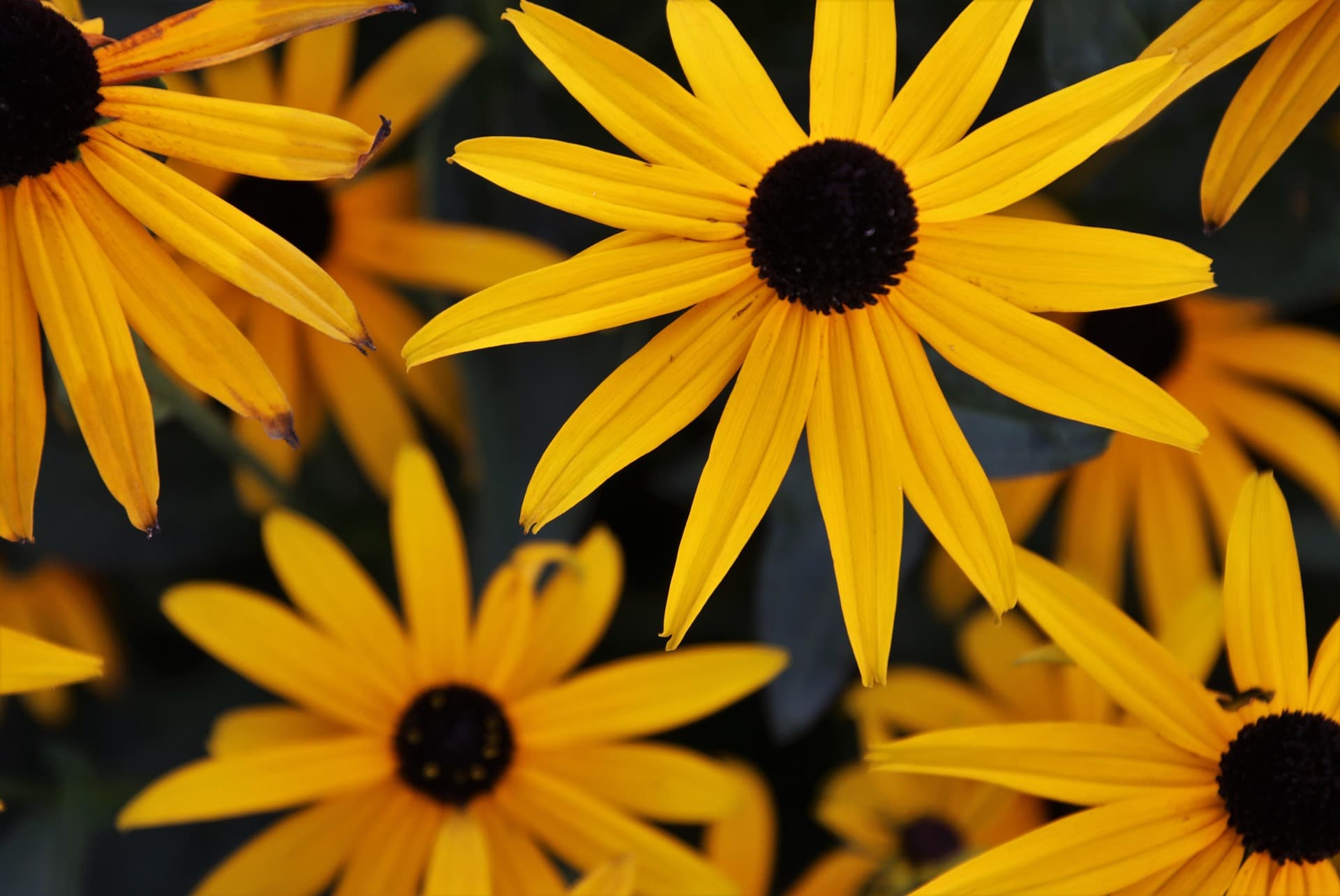
Sedum ternatum, Stonecrop
There is a great variety of sedums, from low growing to upright, different colored leaves, and leaf sizes. They look like members of the cactus family, but can be hardy perennials in zones 3-10, depending on the variety. Sedum are very heat, sun, and drought tolerant, and are perfect for areas where you do not have easy water access. Although the sedum varieties do produce small flowers, the leaves are the star attraction.

Stokesia laevis, Stokes aster
As you might guess, the flowers are very similar to asters. Stokesia can begin flowering in later spring, but the primary bloom period is in midsummer and early fall. The flowers are pink, lavender, or white, and this is a reliable perennial for growing zones 5-9. Stokesia is a sun-loving plant and does best in full sun. It is also very drought tolerant and a great pollinator attractor.
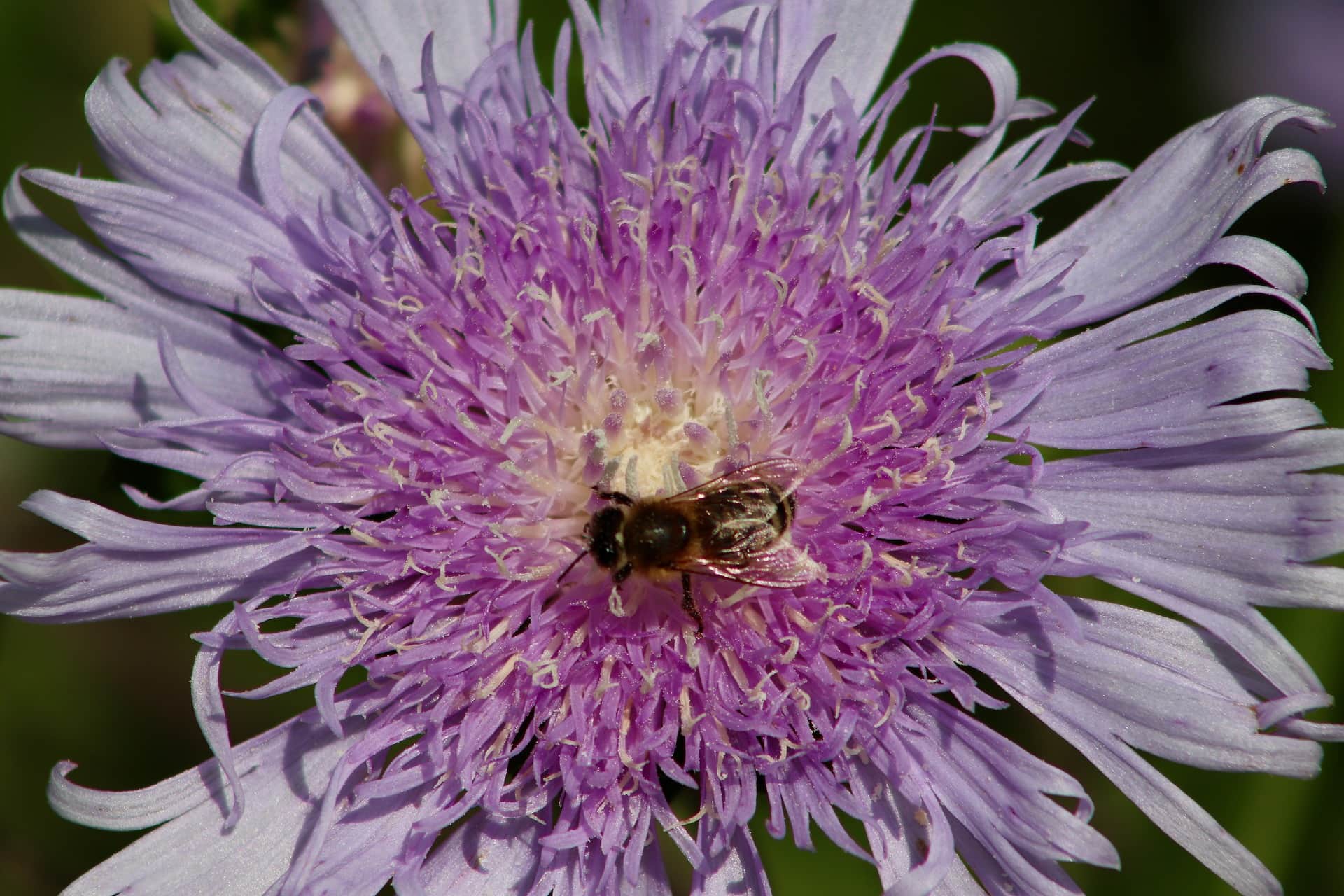
3 Tips for Planting for Perennial Success
Put the right plants in the right place matching shade-lovers and sun-lovers to the locations in which they do best. Shade loving plants will get sunburn on their leaves in full sun. Sun loving plants will not produce flowers in the shade.
Match the water needs with the planting location. Moisture loving plants can be planted near ponds, streams, woodlands. Drought tolerant plants can handle the full sun, and sloping, rock garden areas.
Follow the tall-short rule: If you are creating a border with your plants make sure to put tall plants in the back and short plants in the front so that each plant can be seen for its beauty!
Are you ready to plant? Enjoy experimenting with your garden. Remember, gardening is good for you, your health, your community, and your planet.
